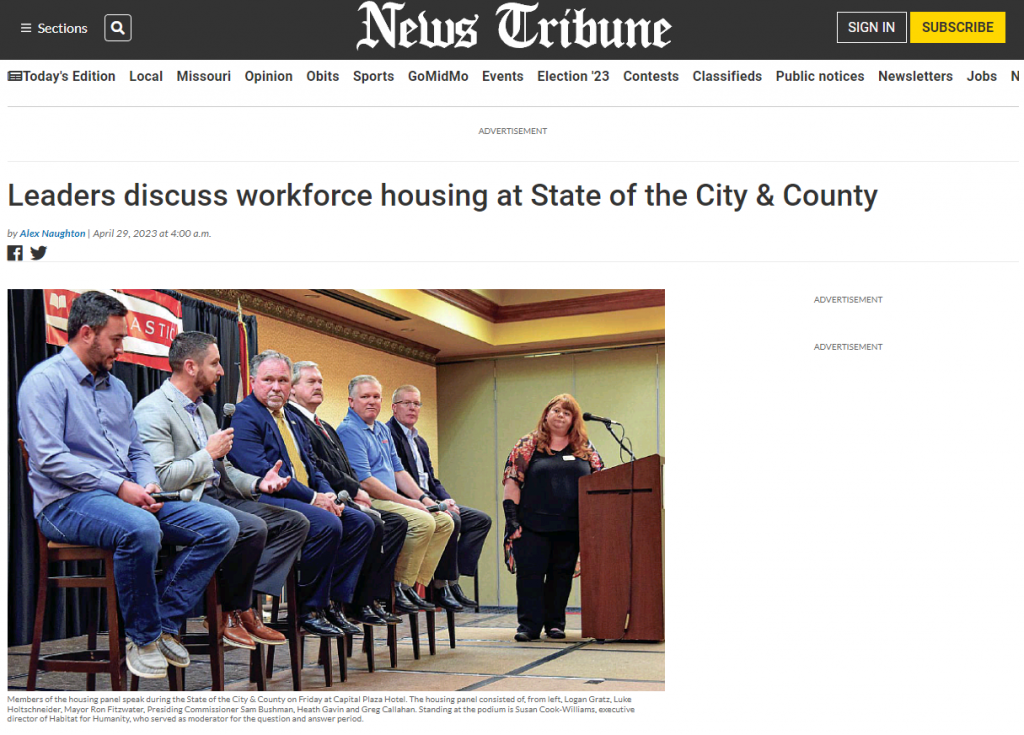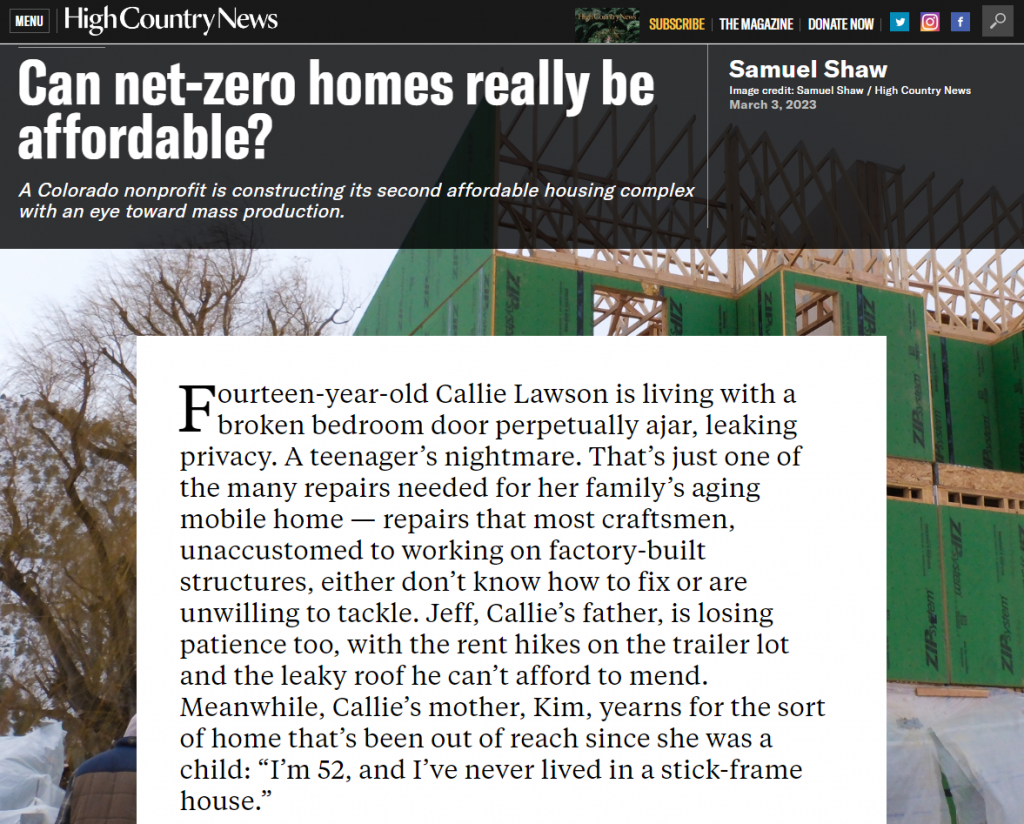Introducing Davidson’s Landing Apartment Homes – our newest workforce housing development located in Kansas City.
After three years of challenges – the COVID pandemic, supply chain disruptions, record inflation, interest rate hikes, capital market dislocations, investor skittishness, etc – we have successfully completed the construction and lease up (ahead of schedule and under budget) of this 115-unit workforce housing development.
Many thanks to my development partners (Robert Hughes and Jason Young ) and my design partners (John Urban, Michael Lash, Philip Agee, Chris Mathis, Chris Bloom and Erik Henson) for their help in making this project a success.
And many thanks to our financing partners as well (Tracy Howren, William Teschke, Michael Lear, Susan Calderon, Alissa Ice, Heather Olson, CCIM and John Sabatier), without whom this project would not have been possible.








